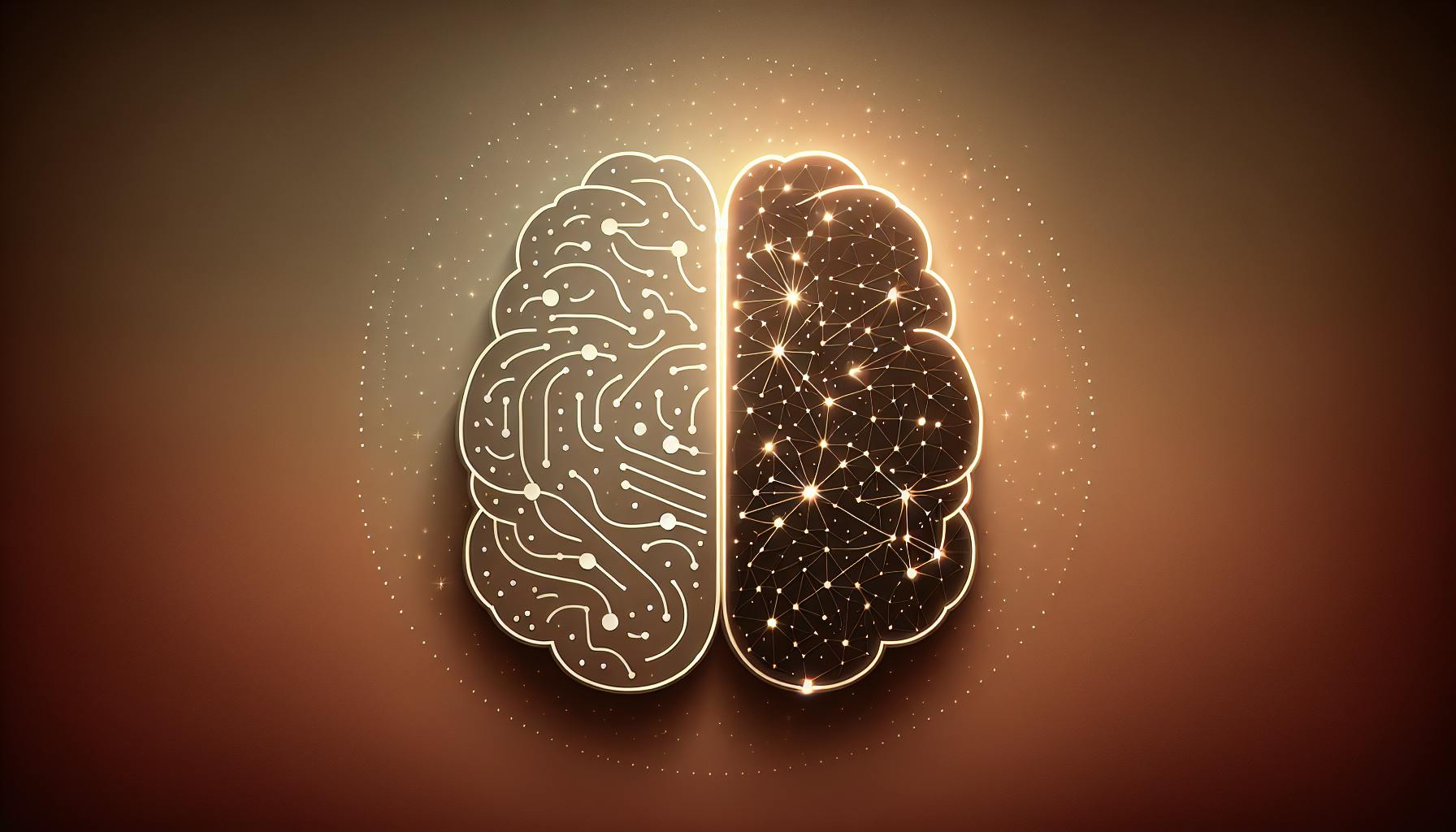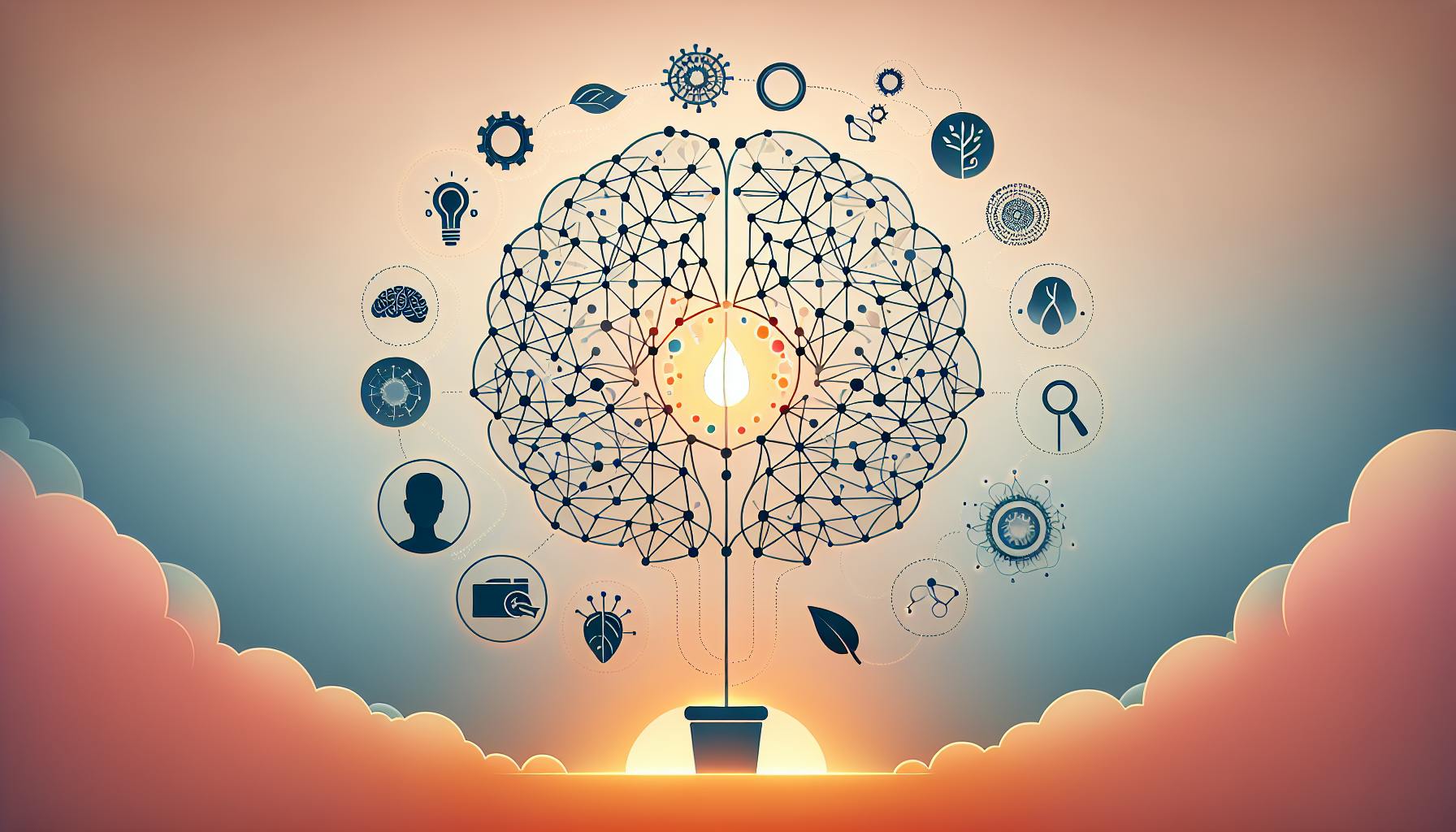Introduction to GPTs
Generative Pre-trained Transformer (GPT) models have rapidly advanced in capabilities over the past few years, sparking tremendous interest in AI. From GPT-1 in 2018 to GPT-3 in 2020 and now on the cusp of GPT-4 in 2023, the scale of these models and their ability to generate human-like text have grown exponentially.
GPTs are built using cutting-edge deep learning and leverage transformer architectures well-suited for natural language processing tasks. Their strengths lie in producing remarkably coherent, fluent, and even creative text. However, they also face limitations around potential biases and the need for massive datasets.
Popular GPT models have unique strengths tailored to certain use cases. GPT-3 excels at conversational AI, while other models specialize further in other areas like search, coding, and more. Choosing the right GPT depends on your needs.
Defining Key Terminology
Artificial Intelligence (AI): The simulation of human intelligence in machines.
Machine Learning: Algorithms that can learn from data without explicit programming.
Natural Language Processing (NLP): A subfield of AI focused on enabling computers to understand human languages.
Generative AI: AI systems that generate new content like text, images, audio, video, etc.
Transformers: A type of neural network well-suited for NLP tasks.
Growth of GPTs
The release of GPT-3 in 2020 brought generative AI into the mainstream, sparking investor and public interest. Since then, the scale of models has grown exponentially each year as computational power expands.
Billions in VC funding has poured into companies commercializing these models. Speculation builds that ever-larger models may unlock artificial general intelligence (AGI).
Custom GPT Models
Rather than relying solely on general conversational models like GPT-3, many platforms now create custom GPTs optimized for specific use cases.
These specialized models are meticulously trained on targeted datasets relevant to their domain. For instance, there are custom GPTs focused on legal, medical, marketing, coding, design, and more vertical use cases. There are also function-specific models specialized in writing, tutoring, finance, creativity, and other capabilities.
Choosing the right custom model means analyzing its training data, use cases, accessibility, and performance metrics to ensure optimal alignment with your needs. Custom models promise more relevant, higher quality outcomes for individual users compared to one-size-fits-all mega-models.
Industry-Focused
LegalGPT: Optimized for legal writing, research, and case law.
MedGPT: Specialized in medical diagnosis, treatment plans, digital health.
MarketingGPT: Creates high-converting marketing copy and ad creatives.
MathGPT: Explains complex mathematical and physics concepts.
ChemGPT: Answers chemistry questions and predicts reactions.
Function-Focused
CodeGPT: Generates clean, working code in Python, Javascript, etc.
DesignGPT: Creates logos, graphics, interfaces from descriptions.
TutorGPT: Provides personalized lesson plans for students.
FinanceGPT: Analyzes financial data and optimizes portfolios.
WritingGPT: Edits, improves, and expands on text of any genre.
Integrating GPTs into ChatGPT
Once you've identified the right custom GPT for your needs, integrating it into ChatGPT unlocks immense possibilities.
Uploading specialized models into your ChatGPT account allows seamlessly leveraging niche abilities alongside general conversation. With the proper prompts and conversation structuring, you can fluidly switch between ChatGPT and customized GPTs for the perfect hybrid experience.
This opens up game-changing use cases, as highlighted below. Still, be mindful of platform content rules, pricing, and inherent model limitations.
Use Case Examples
A lawyer leverages LegalGPT's case citations and arguments to draft an opening statement, then asks ChatGPT to review for overall coherence.
A doctor diagnoses a patient by asking MedGPT to analyze symptoms and recommend treatments, validating the diagnosis through ChatGPT.
A marketer creates a high-converting Facebook ad using MarketingGPT to generate emotional copy, then has ChatGPT proofread for typos.
A student struggling with calculus prompts TutorGPT to provide a personalized lesson, and uses ChatGPT for clarifying questions.
A writer uses WritingGPT to expand on article drafts with supporting facts and statistics, using ChatGPT as an editor.
Limitations to Consider
While promising, integrating GPTs into ChatGPT has caveats:
- Narrow specialization reduces general conversational ability
- Must abide by platform rules to avoid banned content
- Training methodologies and data quality vary drastically across vendors
- As AI systems remain imperfect, expect some friction from bugs and mistakes
The Future of GPTs
GPT capabilities will accelerate with next-generation models like GPT-4 expected to launch in 2023, continuing the exponential growth in scale and performance.
These ever-larger models hold tremendous economic potential but also pose risks if deployed without sufficient governance. Speculation builds that their advanced generative abilities may propel progress towards artificial general intelligence.
Key Areas for Innovation
Multimodal models combining text, images, audio, etc.
Access controls for limiting harmful model responses
Debate training methodologies reducing biases
Personalization via account linking to improve individual user experience over time
Continual learning for models to build knowledge long-term
The Need for Responsible Governance
Alongside rapid technological innovations, responsible governance and ethics must keep pace. As models grow more powerful, they also pose greater risks around issues like:
- Perpetuating and amplifying harmful societal biases
- Enabling generation of misinformation at scale
- Lacking transparency and accountability
Establishing oversight processes, auditing mechanisms, and channels for redress offer paths towards more trustworthy and beneficial AI systems. Further research into AI safety techniques also holds promise.
Conclusion
In summary, we've seen astonishing advances in natural language AI over the past few years through models like GPT-3 and the rise of custom GPTs tailored to specialized use cases.
Integrating these custom models into ChatGPT unlocks immense possibilities for individual users. As we stand on the precipice of next-generation models like GPT-4, the exponential trajectory of development continues towards ever-increasingly advanced AI.
While future GPT iterations hold world-changing potential, responsible governance and ethics must also advance to ensure models benefit society broadly. Still, if channeled positively, we may one day unlock artificial general intelligence through descendants of today's GPTs.


